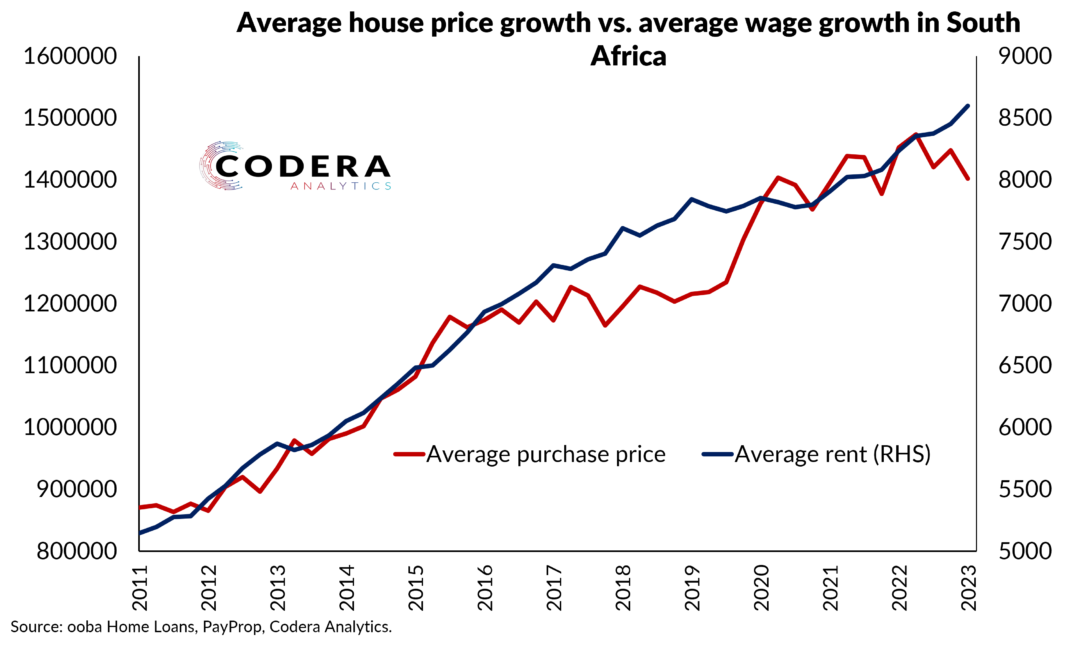With yesterday’s release of 2021Q3 GDP data, it is worth asking what the data implies for capacity pressures and the inflation outlook. Central banks use the output gap to gauge whether actual GDP growth exceeds potential growth and might be adding to demand pressures and inflation in the economy. Because the potential growth rate of the economy (and likewise the output gap) cannot be directly observed, they must be estimated.
In the chart below, we apply a range of statistical filters to GDP data to estimate the output gap. The dramatic fall in output following the lockdowns associated with the onset of the COVID-19 pandemic, was interpreted by all the filters as creating unprecedented excess capacity in the economy. For 2021Q3, three of the approaches produce a positive output gap estimate (suggesting the economy may be overheating and inflation pressures might be building), while one produces an estimate that is in line with the estimate for 2021 of the SARB (suggestive instead of lingering disinflationary pressures). This exercise demonstrates the difficulty policymakers face when setting monetary policy at any specific point in time. Different statistical techniques can provide completely different estimates and there is considerable uncertainty around any estimate of the output gap.

The underlying economic relationships that govern the relationship between capacity pressures and inflation also change over time. For example, while three approaches suggest that capacity pressures are at levels comparable to the time immediately before the Global Financial Crisis, recent inflation prints have been much more modest than in 2008. The challenge policymakers face is assessing how these economic relationships are changing.
The COVID shock has also likely affected investment and may therefore have a sustained impact on potential growth. The statistical filters used above are useful for identifying changes in the trend of GDP. But they do not disentangle the demand and supply shocks associated with the pandemic or control for the likely under-utilisation of capital and labour during this period.
Nevertheless, these agnostic measures of the output gap can help policymakers interrogate their economic models and their assessment of the current state of the economy.
References
Hodrick, Robert; Prescott, Edward C. (1997). “Postwar U.S. Business Cycles: An Empirical Investigation”. Journal of Money, Credit, and Banking. 29 (1): 1–16. JSTOR 2953682.
Christiano, L. and T.J. Fitzgerald. The bandpass filter. International Economic Review, 44(2):435-65, 2003.
Günes Kamber & James Morley & Benjamin Wong, 2018. “Intuitive and Reliable Estimates of the Output Gap from a Beveridge-Nelson Filter,” The Review of Economics and Statistics, MIT Press, vol. 100(3), pages 550-566, July.
de Carvalho, M., Rodrigues, P., and Rua, A. (2012) Tracking the US business cycle with a singular spectrum analysis. Economics Letters, 114, 32–35.
de Carvalho, M. and Rua, A. (2017) Real-time nowcasting the US output gap: Singular spectrum analysis at work. International Journal of Forecasting, 33, 185–198.

